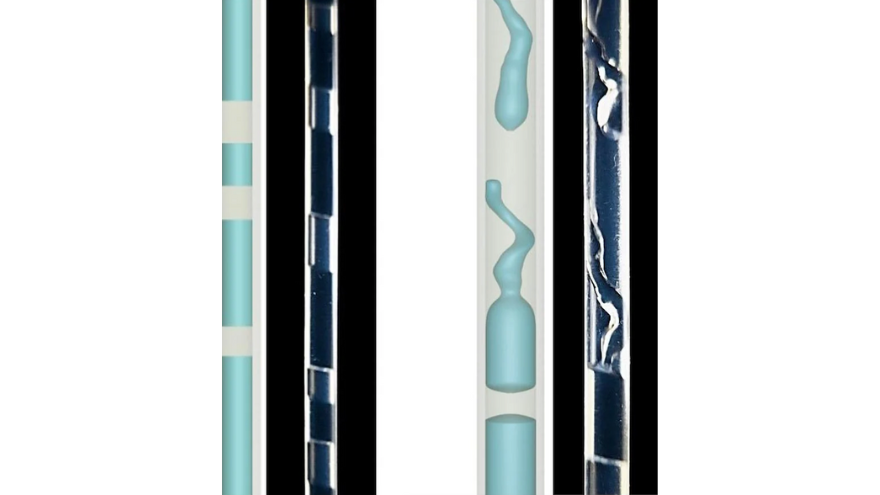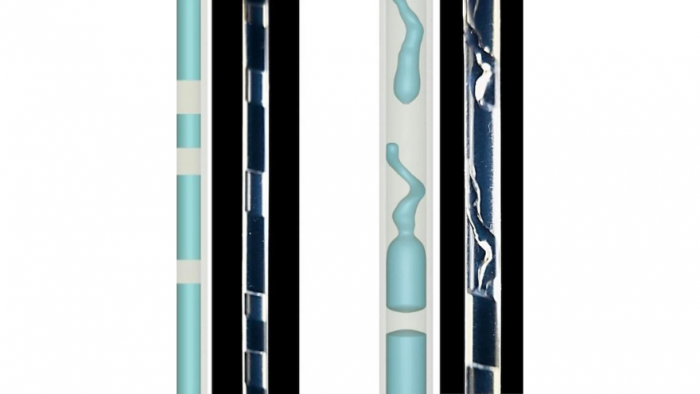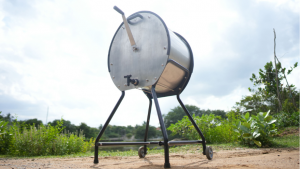Researchers at the National University of Singapore have developed a ground-breaking method to harness electricity from falling rainwater, offering a promising addition to the renewable energy landscape. The innovative system directs rain-like droplets through a vertical tube, employing a "plug flow" mechanism—where water moves in separated segments rather than a continuous stream. This segmented flow causes the water’s electrical charges to split, which are then captured by electrodes positioned at both ends of the tube.
In laboratory tests, the prototype was able to power 12 LED lights for 20 seconds, demonstrating the viability of converting rain into usable energy. Although the current energy yield is relatively low, the results signal a positive step toward scaling the system for broader applications.
The researchers envision this technology being integrated into urban infrastructure—such as rooftops and drainage systems—particularly in areas with frequent rainfall. They emphasize its potential to complement existing clean energy sources like solar and wind to reduce dependence on fossil fuels and advance the transition to greener energy solutions.
Water flowing through a thin, polymer-coated tube in short bursts, or plugs, as demonstrated in these illustrations and images, can produce electricity. Credit: Adapted from ACS Central Science 2025, DOI: 10.1021/acscentsci.4c02110









